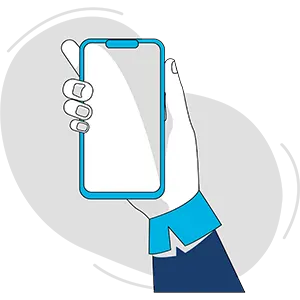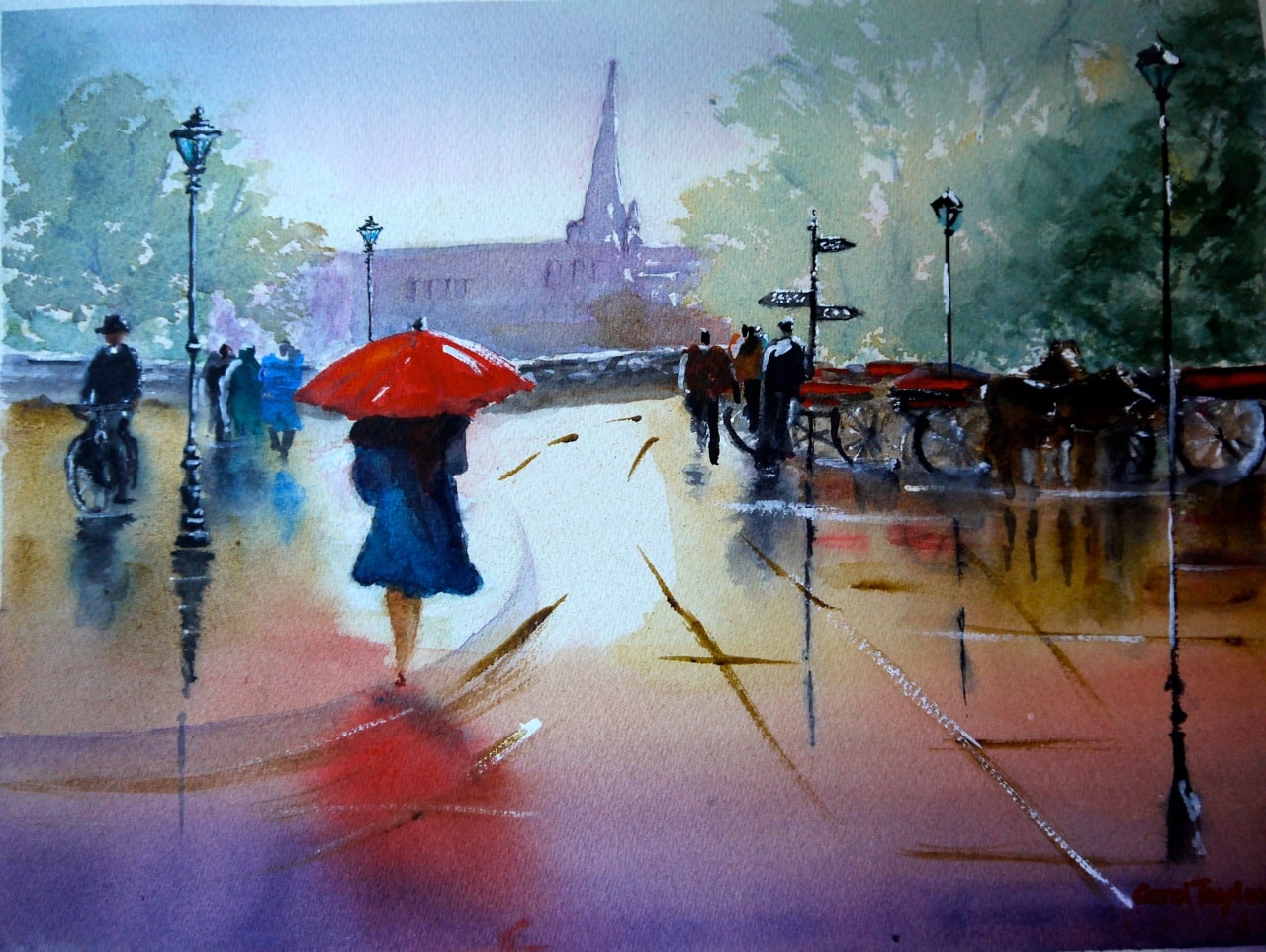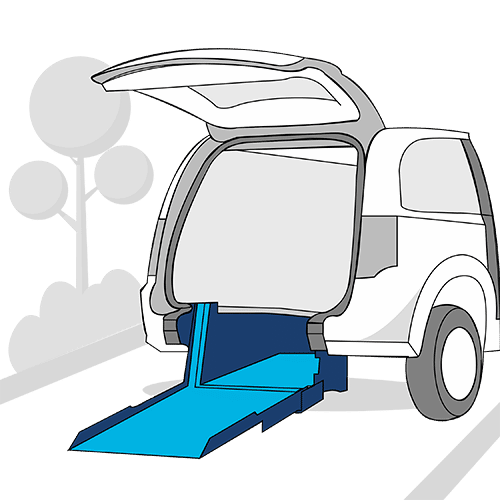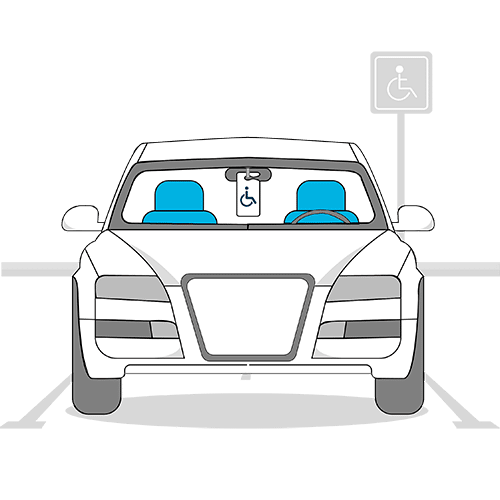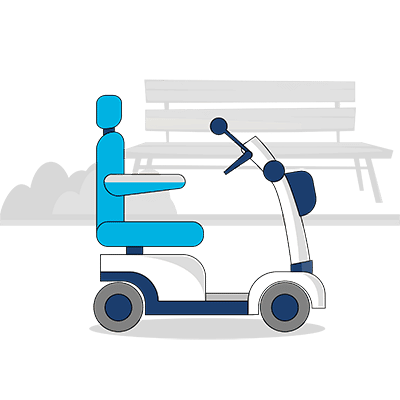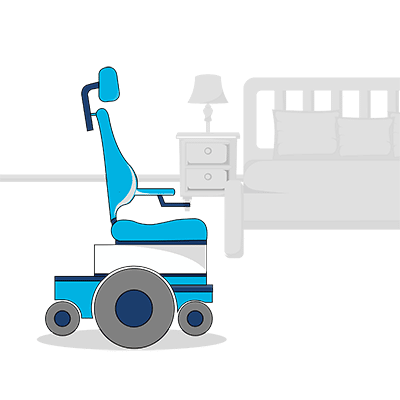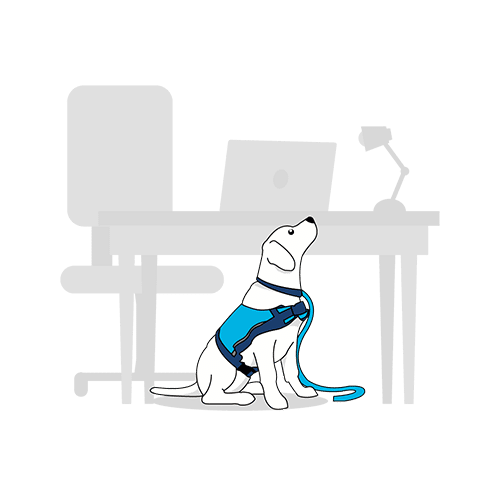Carol Taylor is a one-woman wonder. She runs her own law firm, designs runway clothing and is an acclaimed watercolourist. Accessible art hasn’t always been a part of Carol’s life though.
In 2001, a life changing car accident paralysed her from the neck down, affecting her chance at motherhood and halting her career in law. It was after this accident and initial stages of recovery that Carol turned to art as a form of therapy.
In this exclusive interview with Blue Badge Insurance (the latter half of our two-part series), Carol shares the story of her art career. Read part one afterwards, about Carol’s inclusive clothing designs for the Mercedes-Benz Fashion Festival and her life story to date.
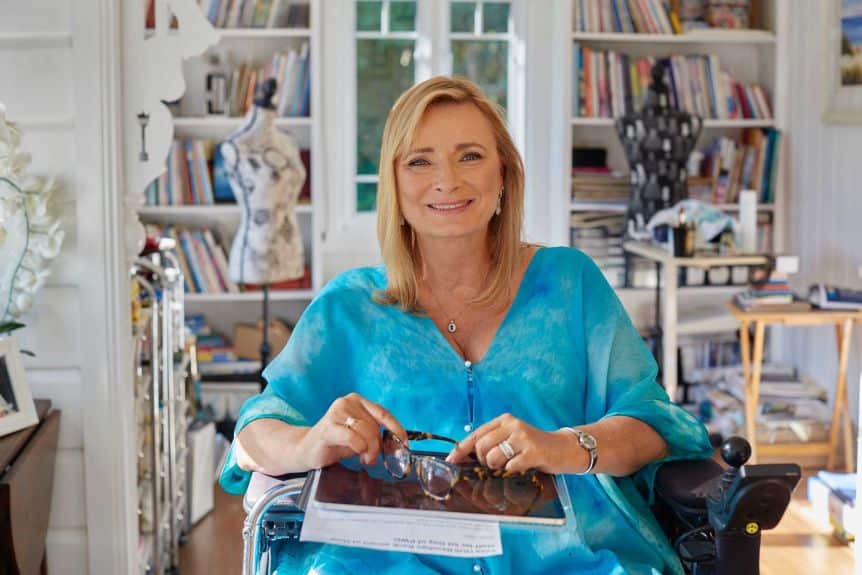
Accessible art as therapy for acute PTSD and depression
Blue Badge Insurance: Hi Carol, can youshare the role art plays in your life and some of the challenges you’ve overcome to pursue it?
“Art has played an incredibly important role in my life. After my injury, I went into a very deep depression and suffered acute PTSD. To help me overcome these challenges my husband Robert enrolled me in art classes. I attended one class and it was a defining moment in my life.
The teacher spoke to Rob and suggested that perhaps it would be better if I learned an abstract kind of art where I could throw paint at the canvas.
She refused to make eye contact with me or speak with me at all; I felt like his child.
From that moment onwards I read as many books as possible and began to teach myself as best I could. When I moved to the Gold Coast in 2005, I couldn’t find any accessible art classes. I had fallen in love with watercolour and found it to be the most difficult medium. Thankfully a wonderful artist and dear friend Maryanne Holmes agreed to come to my home and give me lessons over the course of a year.
Art has helped me manage my depression and PTSD to this day and has given me the confidence to knock on so many doors that I never imagined possible post injury.
I had never painted prior to my injury. If you like it is the silver lining, something I never thought possible with completely paralysed hands.”
Read more about disability art across Australia.
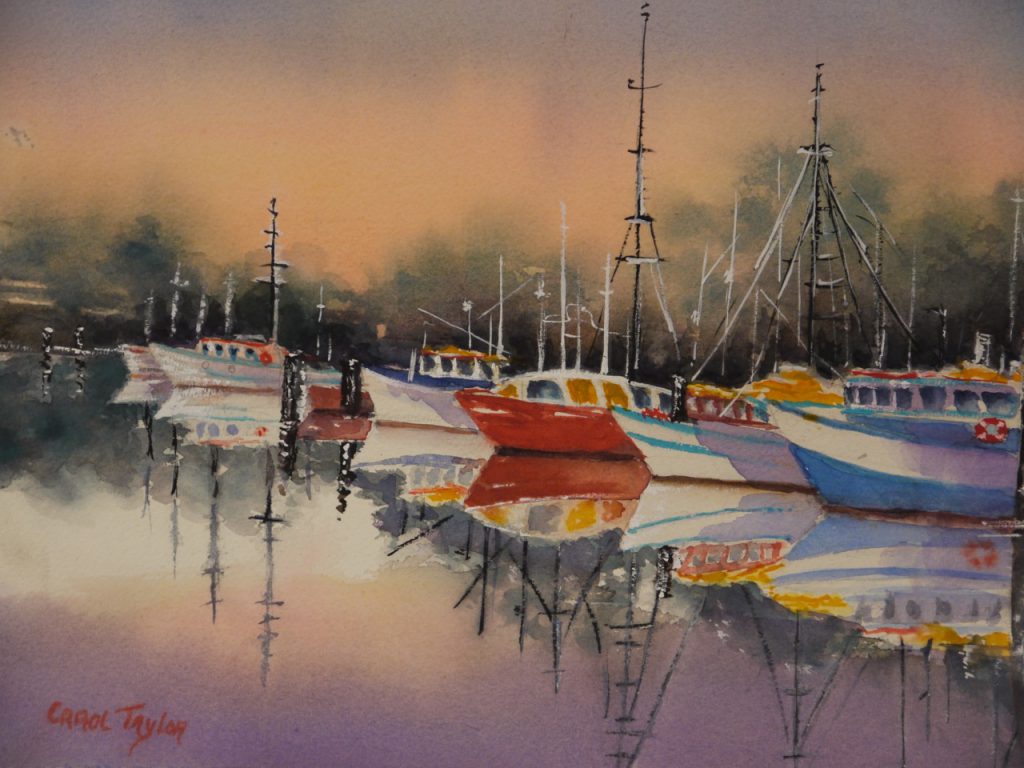
My hands are paralysed so I use adaptive tools
“Initially, when I started to paint, I had an occupational therapist make me a flexor hinge splint. It’s a bit of a contraption but it is fitted to my arm and hand and when I raised my wrist the splint would close in on the paintbrush or pencil and enable me to make a mark on paper or canvas.
I painted every single day during the first four years post-injury. The result of that was I developed an incredibly strong wrist. I believe an occupational therapist would describe what I do as using a tenodesis grip. Even though I can’t move a single finger I’m able to pick up a pint glass filled with water by using the power and strength in my wrist.”
I was in hospital for a year
“Whilst in hospital for a year I spent every day using this device and learning to thread beads on a string. This constant workout allowed me to progress with the tools I use.
Initially I used the flexor hinge splint. However, I graduated from that and now use rolled-up sticky mat. Like the kind you find at a Howard‘s Storage or the Reject Shop. This is cut and rolled around my brushes until I have a really big fat wad of sticky mat around the brush, then that’s secured with an elastic band.
Using my wrist and my very powerful shoulder I drag the brush across the paper. I’m unable to apply any force to the paper, so my touch is extremely light. For example, I can’t trace anything because I don’t have triceps. Therefore I can’t apply pressure to the paper.
I think at times this light touch has given some of my work a desired translucency.
I also had a special tool made from stainless steel that’s fitted to my arm and can hold a pencil or brush. It’s very cumbersome and heavy but has made my shoulder very strong over the years. It relies on the raising of my wrist and the strength of my shoulder. I’m strong enough to rely on sticky mat in most instances. However, if I need to cover a large area which requires a larger heavier brush then I still use this tool.
I deliberately choose lightweight brushes with short handles as other brushes are too difficult for me to manage.”

Accessible art award winner
“With persistence and determination in 2018, I was the successful recipient of the QLD Access Arts Award, which was a $10,000 grant. It was this achievement that gave me the confidence to showcase my designs and have a go at putting my artwork on fabric.
There’s such a thing as imposter syndrome. And it’s honest to say I was surprised that so many people liked my artwork. They gave me a little more confidence as I am completely untrained and self taught.
My advice is to listen to that little voice in your head and persist, self doubt be damned!
Instead of fighting against the tide, I have set myself adrift in the absolute belief that I will land where I am supposed to be.”
The gift of a child
“In 2006, the son that we were told would not be possible was born after 15 embryo transfers and repeated miscarriages. What’s more, he was achieved naturally and a complete surprise to Robert and I.
Having a baby was the thought that dominated my mind from the moment I sustained my injury. Having worked so hard to achieve a family, work life balance was always going to be a priority for Robert and I.
On the inside I have sporadic sensation here and there in my abdomen. When my baby moved, I could feel a tightening of muscle on the left side. Not very big but enough to tell me that something was happening. This sensation was always accompanied by facial tingles, pins and needles. I loved it; it was my baby saying hello, look at me, give me your attention.
Unfortunately, it also pushed my blood pressure to dangerous heights. Every day was a balancing act but thankfully I was in the best of care with the most dedicated husband. Because 60% of my lungs are paralysed my growing belly became very difficult to accommodate in my powered wheelchair without triggering dangerous blood pressure levels.
For this reason, I spent five months of my pregnancy in bed and nearly died during the birth. But it was all worth it and I would do it again in a heartbeat.”
Practicing accessible art and returning to law
“In 2014 our son D’arcy was eight years old. With his increasing independence at school and my lonely days at home, I started to miss my sense of professional identity. I expressed this to my husband and with the support of both Robert and D’arcy I made the decision to return to the Law.
This was very difficult for me. After a 14-year absence from law the Queensland Law Society was not simply going to handover a Practising Certificate.
First, I had to undertake some study. What may be considered a straightforward course of study for most was very challenging for me. I recall being in the middle of a busy shopping centre and having a complete panic attack. I thought I was having a heart attack, but I wasn’t I’d just mentally placed myself under so much stress to prove to myself that I could do this.
The Queensland Law Society was extremely supportive and accommodating, and I completed the course verbally. This included a five hour Trust Account exam, which I’m happy to report I passed with flying colours.
I live on 10 acres, and we decided to build a separate building on the property to house the Practice.” Watch this video with Carol Taylor sharing more about her legal practice:
Using PEXA to work online
“Thanks to the Internet and some incredible software developed by a company called PEXA, in 2015 I established Taylor Law & Conveyancing. I’m able to spend time with my son before he goes off to school each morning and I’m there to hear all about his day when he comes home. In the hours between I get to exercise the left side of my brain. And when time permits the right side with my art.
It’s a busy little practice that’s only possible because of the support I receive from those around me. Most of all from my husband Robert, who is also my Practice Manager.”
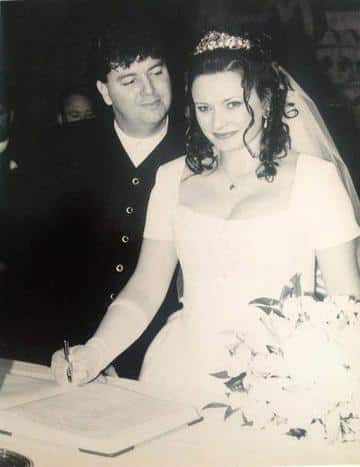
I can hug and be hugged
“I often describe my body as a sausage roll. The pastry is my skin and I have no sensation of feeling in at least 80% of my skin. I’m paralysed from just under the breast. At the time of my injury in 2001, I was fortunate to receive a steroid injection directly into the spinal-cord.
I believe this injection had only been made legal five years prior to my injury. This steroid helped to bring down the swelling in my spinal-cord from a C4 to the C5/6 level. Because of this science, I can feel my neck and upper shoulders, also down the inside of both arms. I can’t feel the skin on the outside of my arms from the elbow to pinky finger. As a result of this I’ve endured many burns, stings and cuts over the years.
Whilst I can’t move any of my fingers, my thumb and index finger can feel the sensation of touch. I have incredibly strong biceps from my year in the gym at Prince Henry Hospital Little Bay Sydney. I am therefore able to hug and be hugged.”
Blue Badge Insurance for people with disability
Blue Badge Insurance would like to say thank you to Carol for sharing her accessible art story. If, like her, you use a powered or other wheelchair, consider wheelchair insurance to protect your mobility equipment so you too can live life to the fullest. Also know that we provide a discount of up to 25% on comprehensive car insurance for disability parking permit holders.

